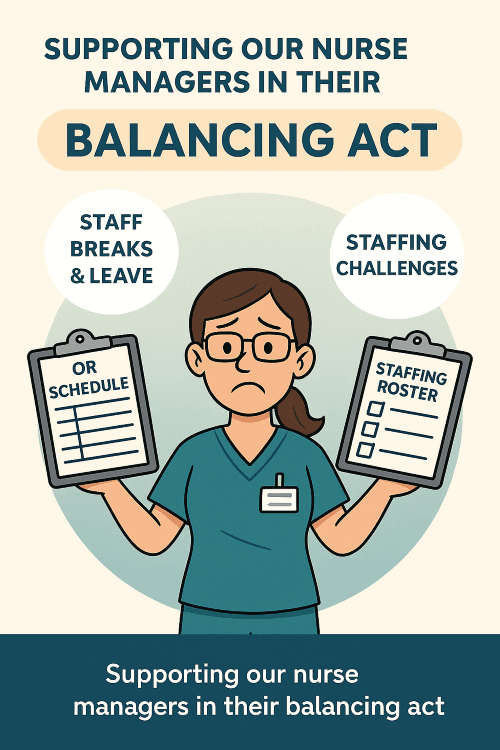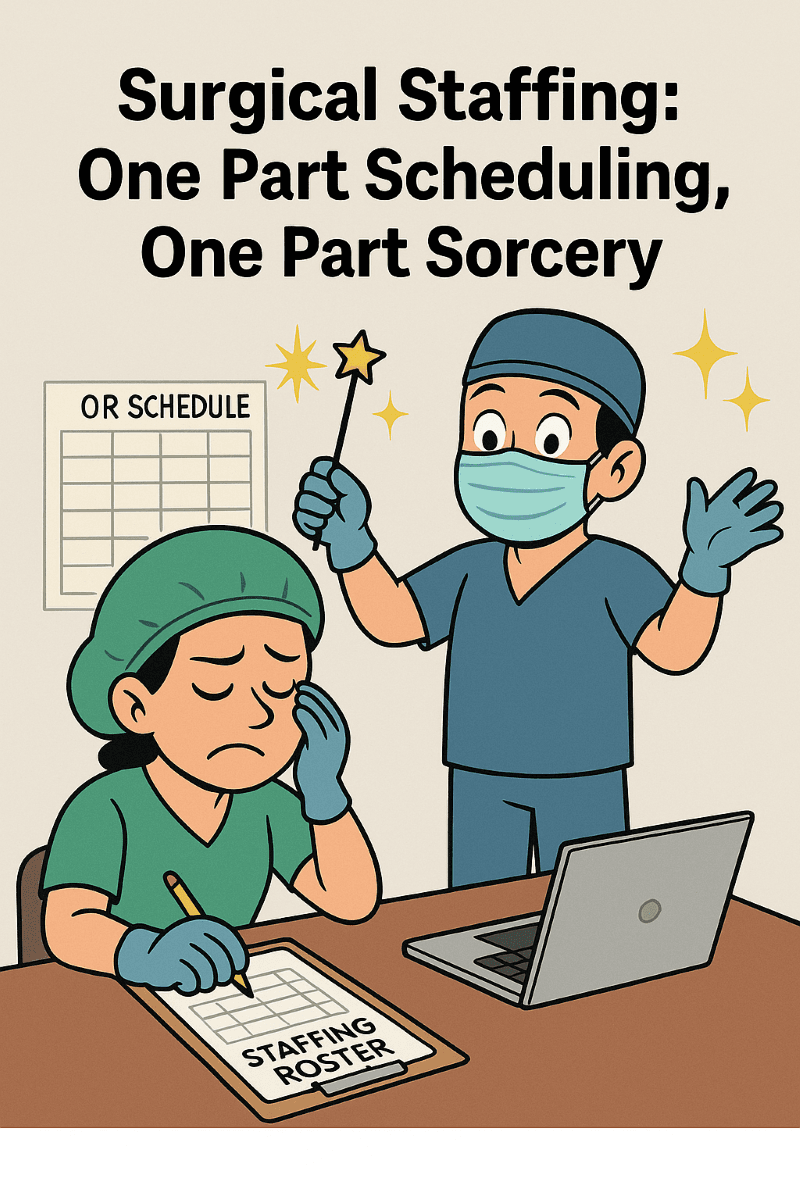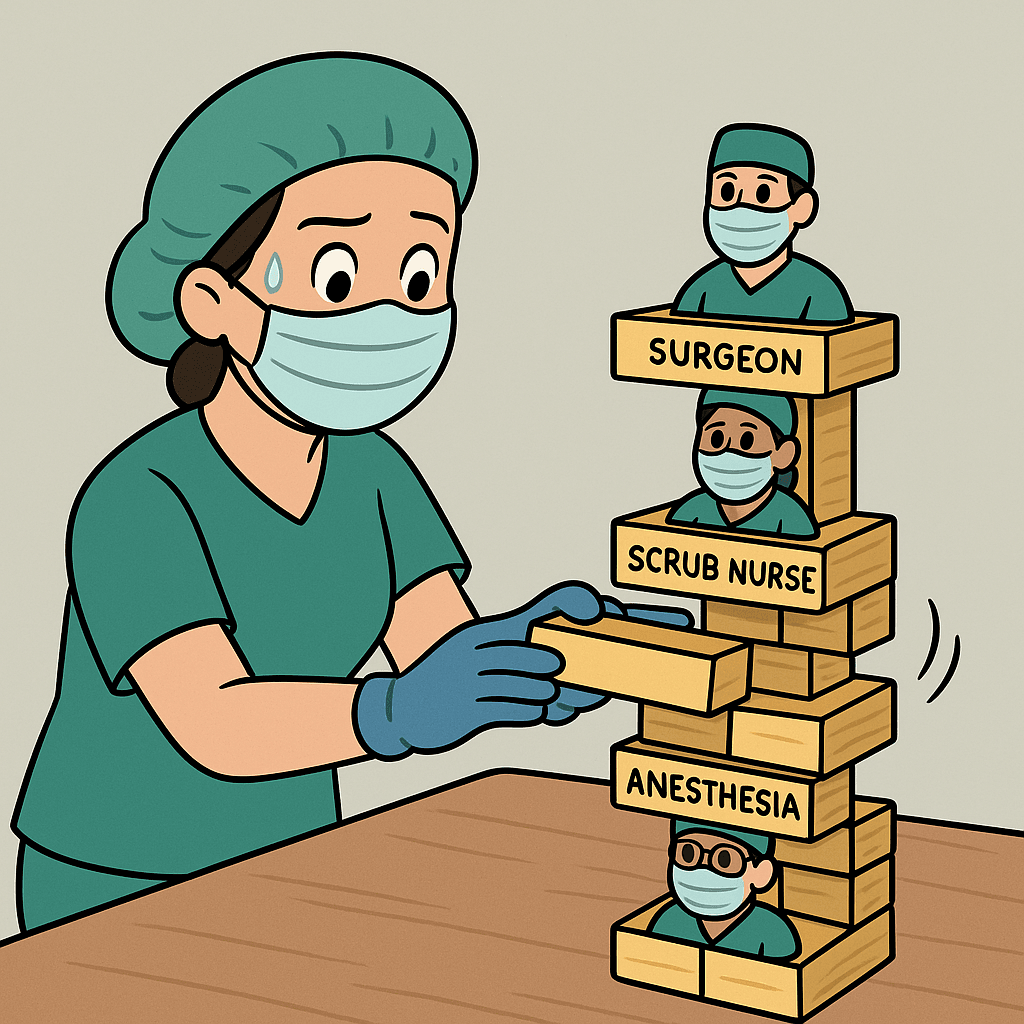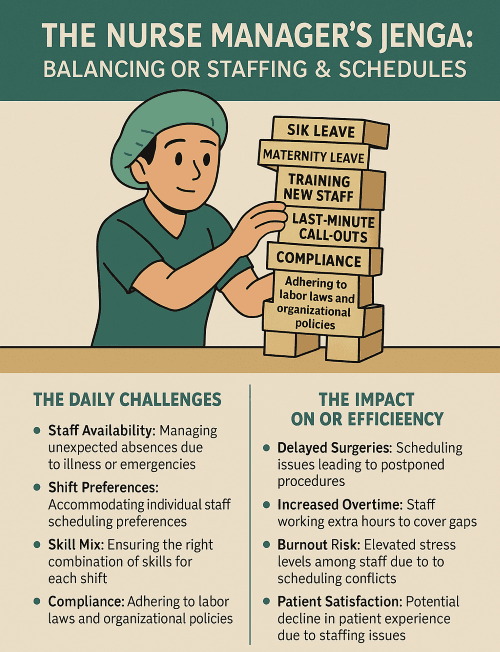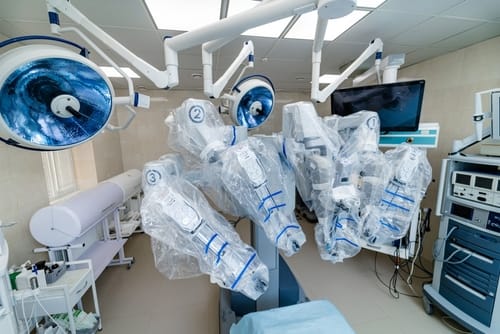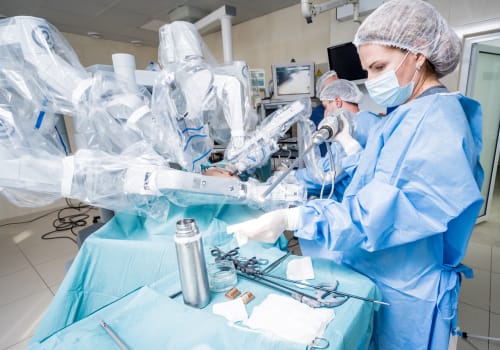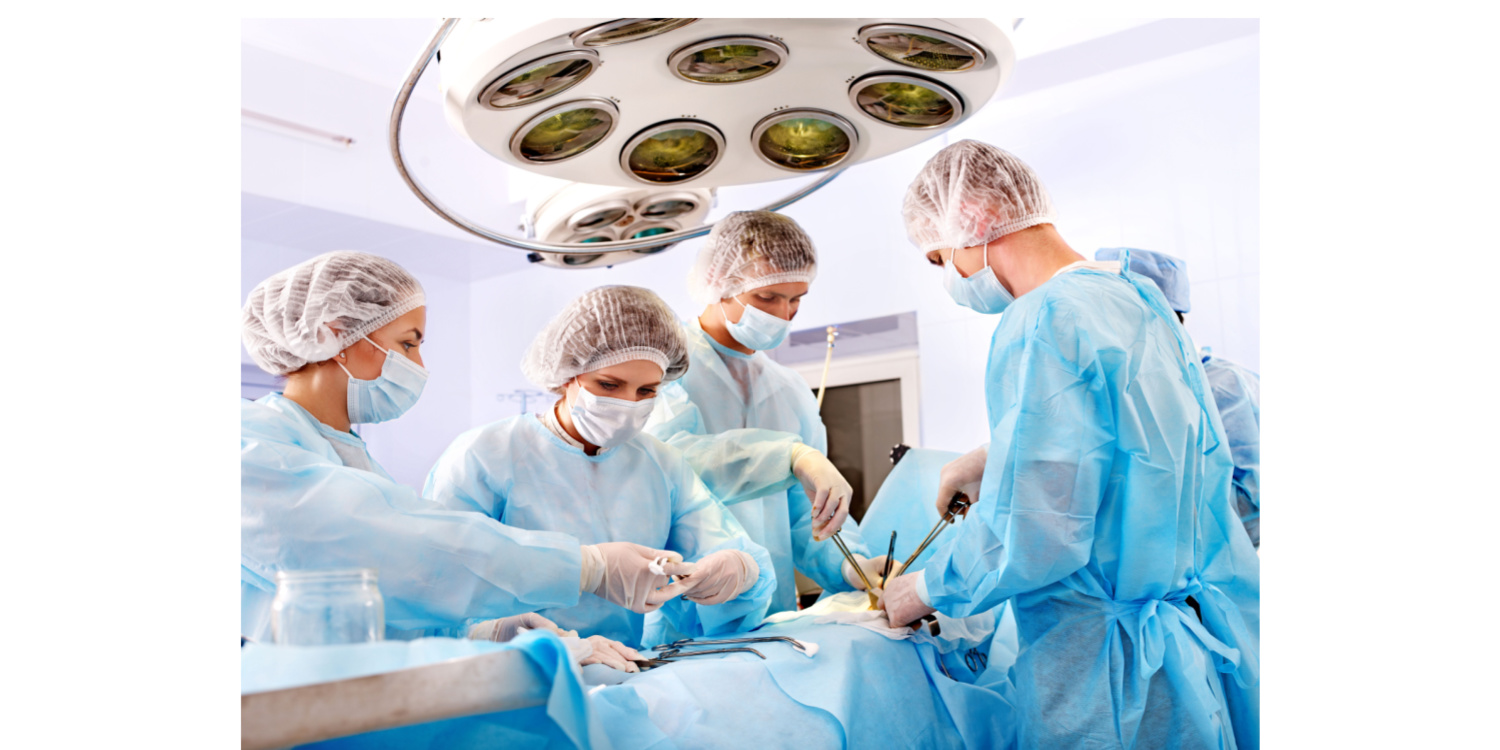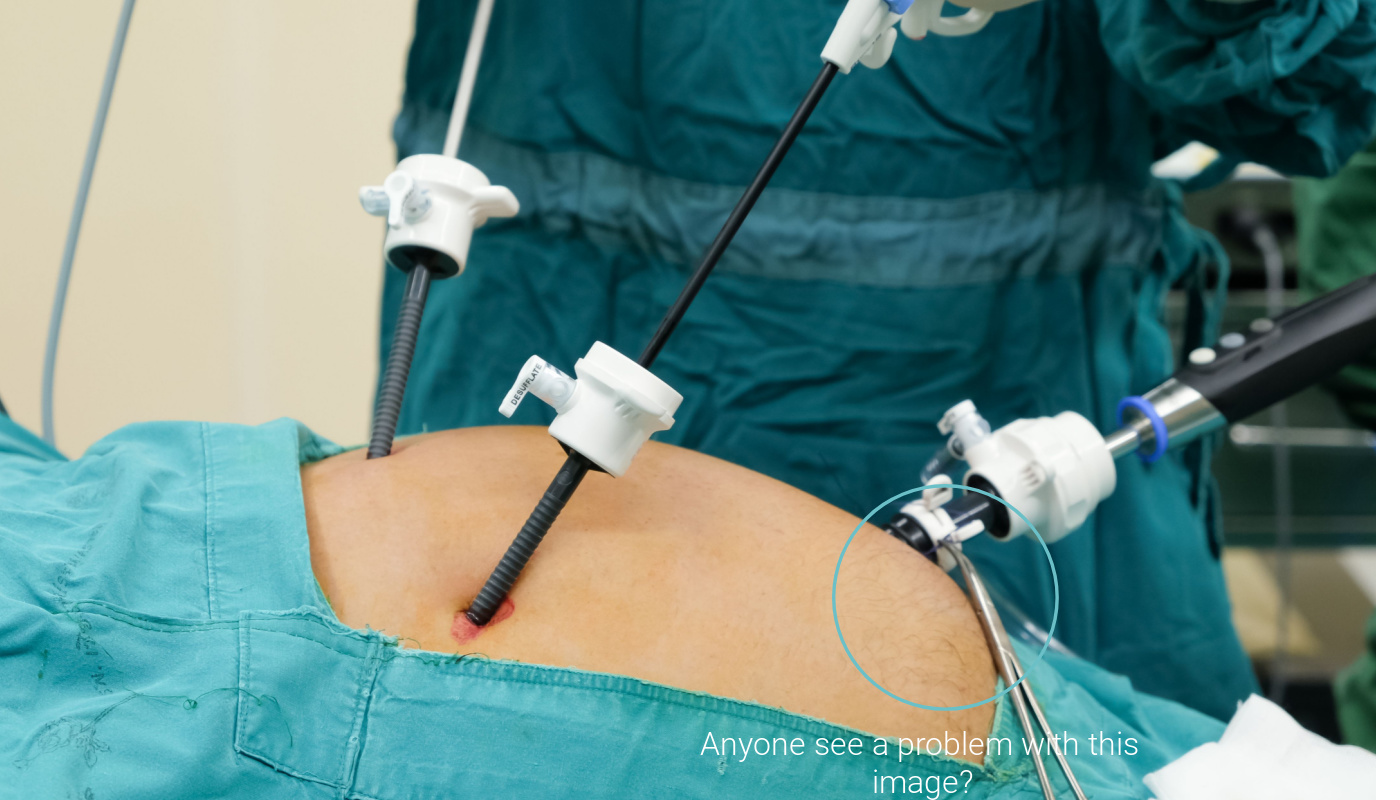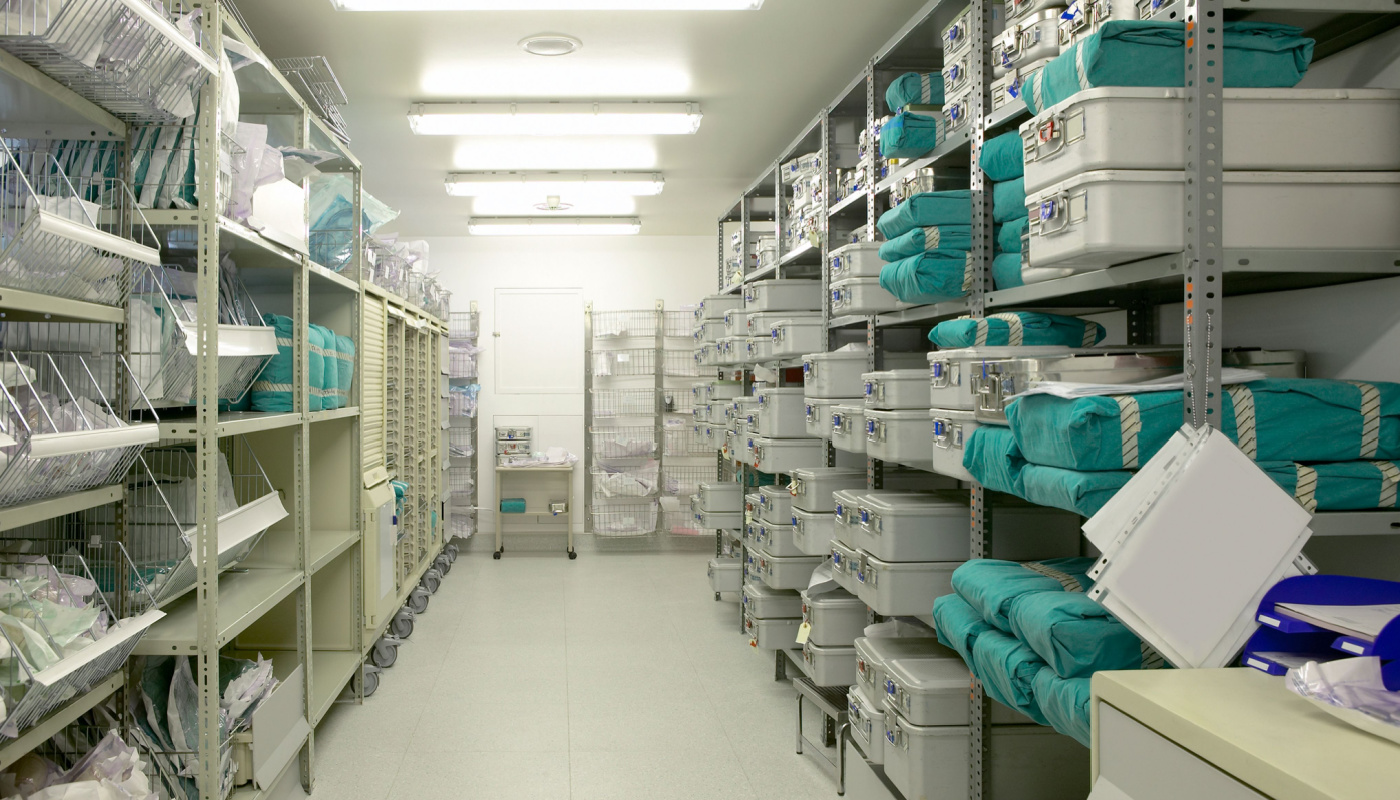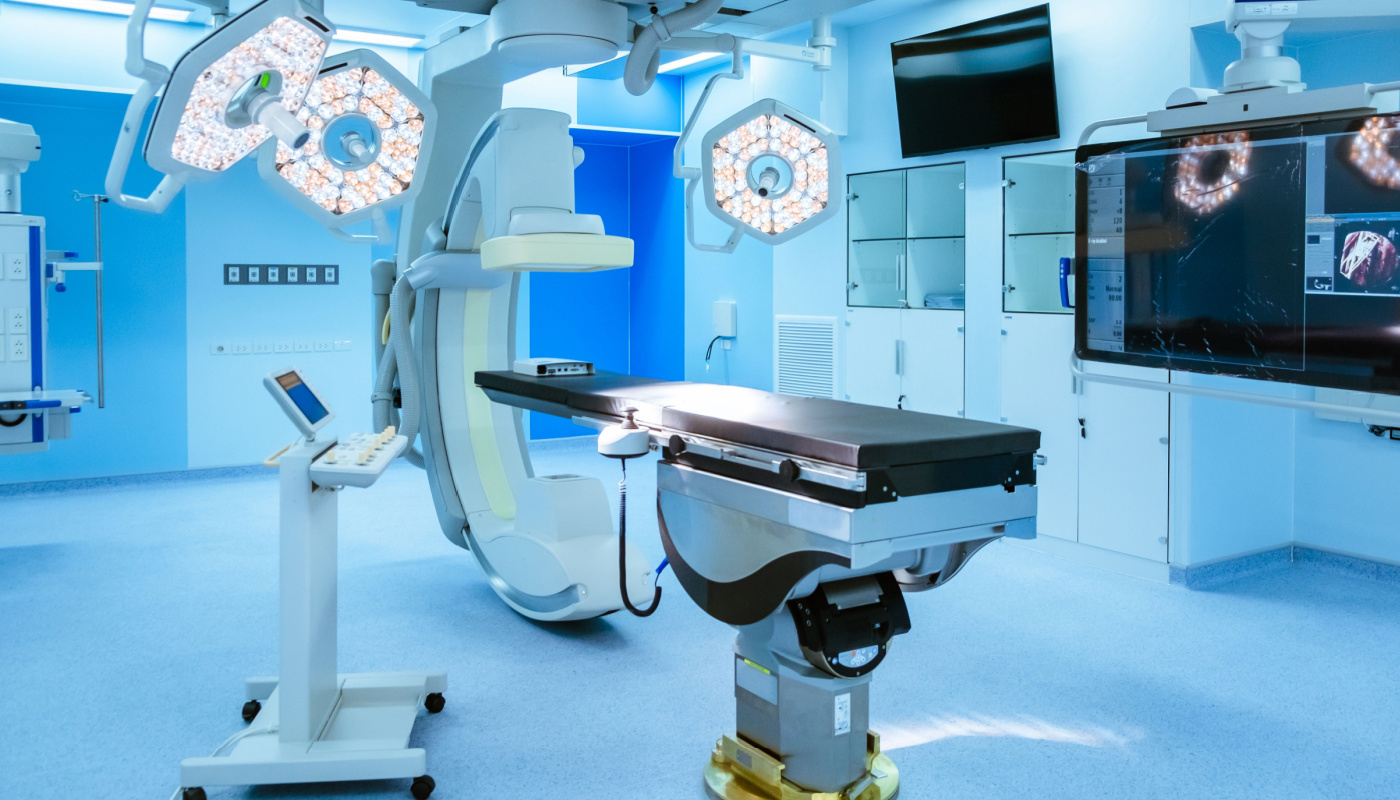Introduction
In the high-stakes environment of the operating room (OR), both scrub techs and instrument (scrub) nurses are indispensable. These professionals not only manage surgical instruments but also play pivotal roles in patient safety, OR efficiency, and team cohesion.
1. Clinical & Technical Mastery
-
Aseptic technique & sterile field control: Managing the sterile field from prep to closure is crucial to prevent surgical-site infections.
-
Instrument knowledge & standardized preparation: Familiarity with instruments and consistent table setup enhances workflow and reduces errors
-
Accurate instrument and sponge counts: Precise counting is essential to prevent retained foreign bodies
2. Non-Technical Skills
-
Situational awareness & multitasking: Staying alert to the OR environment helps anticipate needs and manage unexpected disruptions
-
Teamwork & communication: Clear, timely communication reduces errors and builds team trust
-
Anticipation (“third hand”): Proactively anticipating the surgeon’s needs helps maintain procedural flow
3. Physical & Emotional Resilience
-
Manual dexterity & endurance: Handling delicate instruments plus long periods in surgery demand both precision and stamina
-
Stress management & composure: Maintaining calm under pressure is essential to prevent errors
4. Continuous Improvement & Professionalism
-
Adaptability & lifelong learning: Ongoing education, simulation training, and staying updated with OR advances are vital
-
Ethical conduct & integrity: Upholding standards—even when unsupervised—strengthens trust and safety culture
5. Technology & Innovation
-
Robotic and simulation tools: Emerging tech (robotic scrub nurses, training systems like Nosco Trainer) can augment—but not replace—human anticipation and precision
🧩 Summary Table
| Attribute | Impact on Patient Care & OR Efficiency |
|---|---|
| Technical Proficiency | Reduces infection risk, expedites setup and transitions |
| Attention & Awareness | Prevents retained items, maintains sterile conditions |
| Communication & Teamwork | Improves coordination, minimizes miscommunication |
| Resilience & Dexterity | Supports long, complex procedures |
| Continuous Learning | Ensures competency with evolving procedures |
| Ethical Standards | Builds credibility and trust through consistent practice |
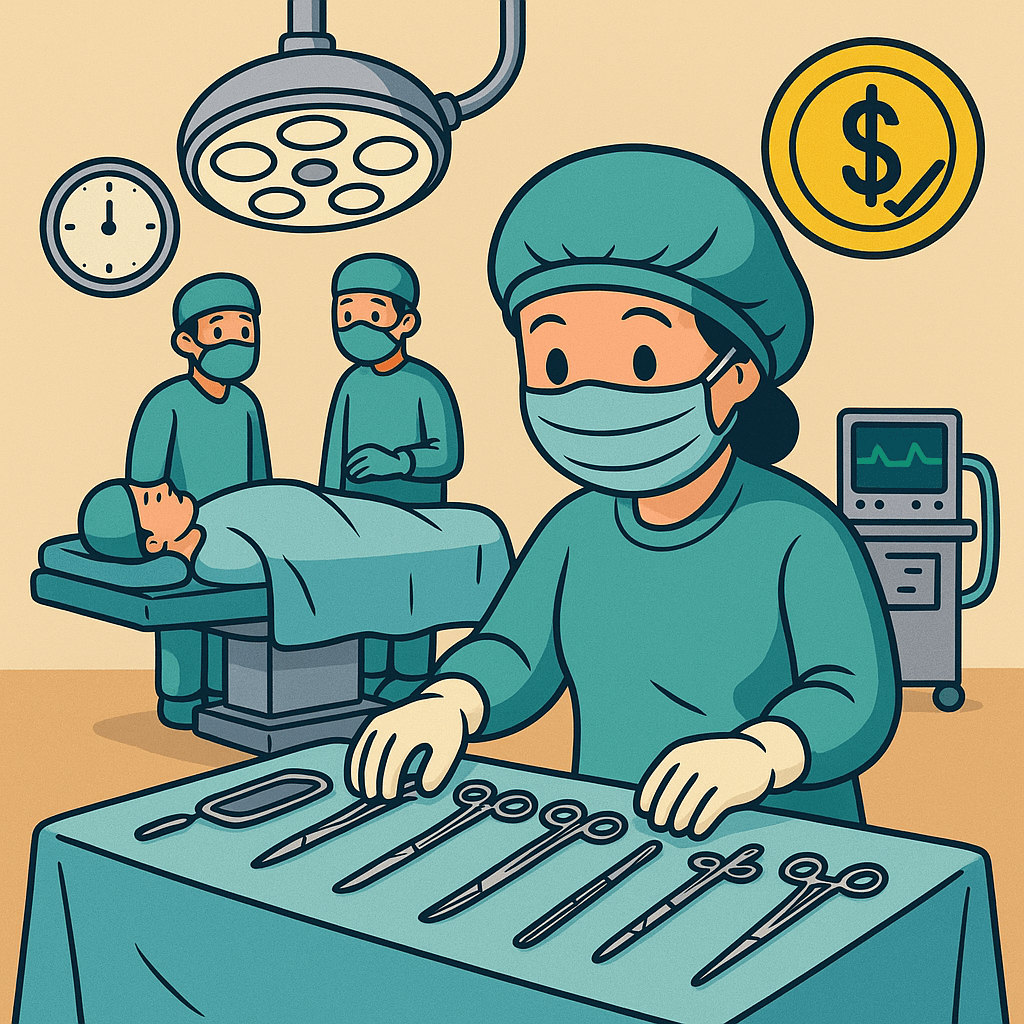
📚 References
-
Glaser B, Schellenberg T, Neumann J, et al. Measuring and evaluating standardization of scrub nurse instrument table setups: a multi‑center study. Int J Comput Assist Radiol Surg. 2022 periopnursing.theclinics.com+2BioMed Central+2Wikipedia+2BioMed Central+2Wikipedia+2MDPI+2SpringerLink+1SpringerLink+1.
-
Mohammadi M, Omid A, Tarrahi MJ, Ghadami A. The impact of intraoperative non‑technical skills training on scrub practitioners’ self‑efficacy: a randomized controlled trial. BMC Med Educ. May 7, 2025 BioMed Central.
-
“Surgical instrument counting: Current practice and staff perspectives…” SciDirect. 2024 ScienceDirect.
-
“What are the non‑technical skills used by scrub nurses?: An integrated review.” CORE, 2014 Academia+1core.ac.uk+1.
-
Mitchell L, Flin R, Yule S, Maran N, Rowley D. Thinking ahead of the surgeon: identifying non‑technical skills for scrub nurse performance. J Adv Nurs. 2010 Academia.
-
“What skills are essential for a Scrub Nurse?” Nursing‑Science.com Nursing Science+1Nursing Science+1.
-
“Effects of Simulation‑based Scrub Nurse Education for Novice Nurses…” Nurs Simul. 2021 Wikipedia+15ScienceDirect+15Nursing Simulation+15.
-
“Understanding stress factors for scrub nurses in the perioperative…” SciDirect. 2021 arxiv.org+7ScienceDirect+7Academia+7.
-
“Robotic Scrub Nurse: Surgical Instrument Handling…” DeGruyter, 2023 SpringerLink+5De Gruyter Brill+5Nursing Science+5.
-
Wikipedia: Instrument nurse, updated 1.2 years ago Wikipedia+1MDPI+1.
-
Royal Cornwall Hospitals Trust: Scrub Practice Standards Clinical Guideline doclibrary-rcht.cornwall.nhs.uk+1BioMed Central+1.
